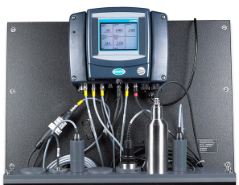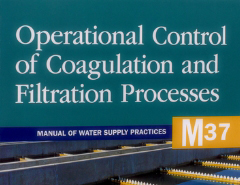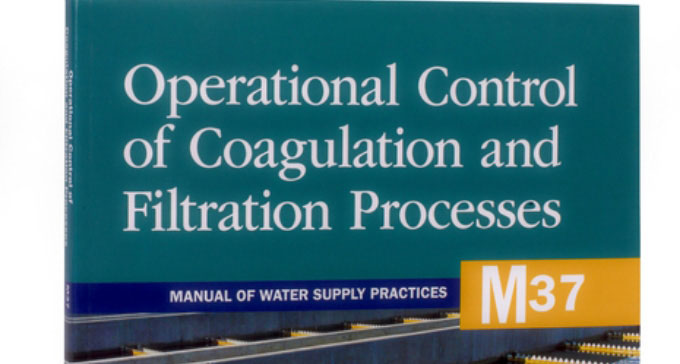Groundwater contained in aquifers is one of the most abundant water sources for drinking water facilities. Unlike surface water, groundwater is filtered through rock, soil, and sand, which helps remove organic material and disease-causing organisms. However, it is still essential to treat groundwater for added health protection.
Why test groundwater?
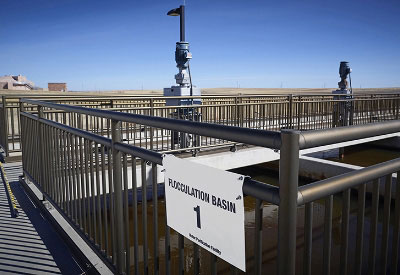 Groundwater is typically low on natural organic matter (NOM); however, it may still require treatment with coagulants to remove colloidal particles present after natural filtration through the layers of soil. In some situations, groundwater does not require additional filtration. However, besides the potential for bacterial contamination, groundwater, especially under the direct influence of surface waters (GWUDI), may contain compounds that, while not harmful for human consumption, can provide treatment challenges to some systems, (especially those using chlorine for the first time), e.g. Nitrate, Iron and Manganese.
Groundwater is typically low on natural organic matter (NOM); however, it may still require treatment with coagulants to remove colloidal particles present after natural filtration through the layers of soil. In some situations, groundwater does not require additional filtration. However, besides the potential for bacterial contamination, groundwater, especially under the direct influence of surface waters (GWUDI), may contain compounds that, while not harmful for human consumption, can provide treatment challenges to some systems, (especially those using chlorine for the first time), e.g. Nitrate, Iron and Manganese.
With analytical testing, you can:
- Optimize coagulation/flocculation treatment
- Establish a chlorine disinfection strategy
- Achieve accurate chlorine measurements given known interferences
- Comply with the EPA Ground Water Rule
Which Options are Right for You?
 Your facility is required to monitor your groundwater for the presence of harmful contaminants and to disinfect. Monitoring your source water can help your facility optimize the treatment process and efficiently respond to uncertainties, helping contribute to lower operating costs and higher quality drinking water. Whatever your needs, Hach is ready to help with information, technology, and support.
Your facility is required to monitor your groundwater for the presence of harmful contaminants and to disinfect. Monitoring your source water can help your facility optimize the treatment process and efficiently respond to uncertainties, helping contribute to lower operating costs and higher quality drinking water. Whatever your needs, Hach is ready to help with information, technology, and support.
Explore the various parameters and methods for source water monitoring below.





 Recurring Orders
Recurring Orders 

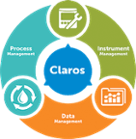
 Groundwater is typically low on natural organic matter (NOM); however, it may still require treatment with coagulants to remove colloidal particles present after natural filtration through the layers of soil. In some situations, groundwater does not require additional filtration. However, besides the potential for bacterial contamination, groundwater, especially under the direct influence of surface waters (GWUDI), may contain compounds that, while not harmful for human consumption, can provide treatment challenges to some systems, (especially those using chlorine for the first time), e.g. Nitrate, Iron and Manganese.
Groundwater is typically low on natural organic matter (NOM); however, it may still require treatment with coagulants to remove colloidal particles present after natural filtration through the layers of soil. In some situations, groundwater does not require additional filtration. However, besides the potential for bacterial contamination, groundwater, especially under the direct influence of surface waters (GWUDI), may contain compounds that, while not harmful for human consumption, can provide treatment challenges to some systems, (especially those using chlorine for the first time), e.g. Nitrate, Iron and Manganese. Your facility is required to monitor your groundwater for the presence of harmful contaminants and to disinfect. Monitoring your source water can help your facility optimize the treatment process and efficiently respond to uncertainties, helping contribute to lower operating costs and higher quality drinking water. Whatever your needs, Hach is ready to help with information, technology, and support.
Your facility is required to monitor your groundwater for the presence of harmful contaminants and to disinfect. Monitoring your source water can help your facility optimize the treatment process and efficiently respond to uncertainties, helping contribute to lower operating costs and higher quality drinking water. Whatever your needs, Hach is ready to help with information, technology, and support.